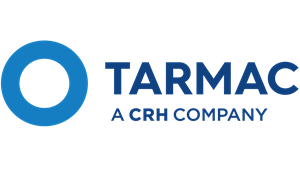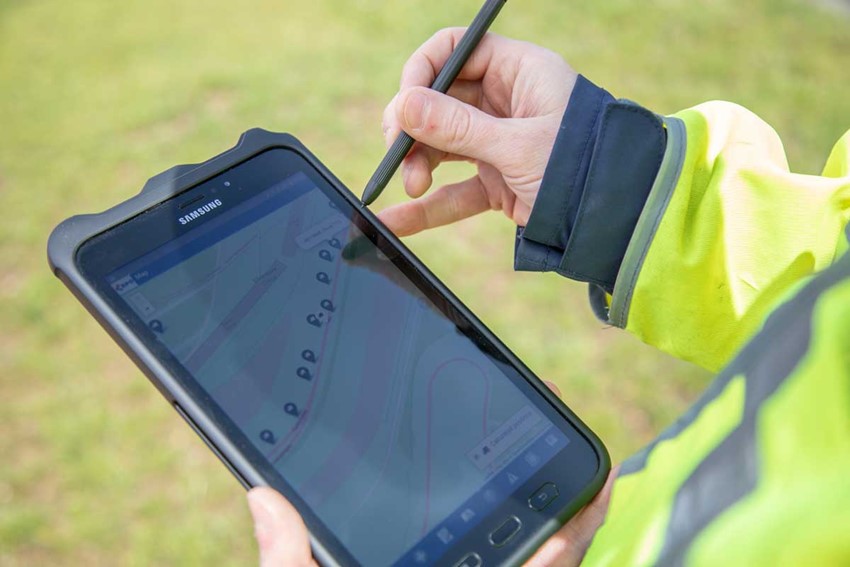

 Tarmac’s Contracting business builds and maintains roads. Constantly working within constraints of tight time schedules and limited access requires ongoing innovation to drive efficiencies and productivity.
Tarmac’s Contracting business builds and maintains roads. Constantly working within constraints of tight time schedules and limited access requires ongoing innovation to drive efficiencies and productivity.
Integrating digital technology into project delivery is one way to accelerate progress and Tarmac has introduced an organisation-wide Digital Transformation project to develop, trial and integrate the latest technology into its various divisions.
The high-profile project to resurface the Formula One track at Silverstone gave Tarmac the perfect opportunity to demonstrate how digital technology could support a seriously challenging project.
The stakes could not have been higher. Resurfacing the track at the home of British Motor Racing set the most exacting demands.
Getting ready for the project took months of planning, with new technology introduced at every stage.
Most important was the integration of the whole team including both construction crews and material manufacturing teams. Collaborative working enabled Tarmac and its supply chain partners to understand all aspects of the project as a whole, identifying areas of potential weakness and planning around those.
The bespoke surface was developed and tested both in Tarmac’s laboratory and in situ. A significant element for success of the project was delivering product to absolutely consistent quality, supported by digital monitoring and control throughout.


Tarmac knew that it had the equipment and expertise to complete the surface design and installation. This included the first UK use of 3D GPS guided planning during the removal of the previous track surface to improve drainage and adjust gradients.
Managing the logistics of the resurfacing itself was another challenge.
Every load of quality-perfect asphalt product needed to arrive on schedule and to be delivered to the paving machinery at precisely the right temperature and consistency.
Using advanced logistics management systems, an information path from the laying team to the production team was established to ensure product was manufactured to schedule.
GPS software monitored the progress of every load from factory to site and communicated with the laying team. The laying process was then slowed or accelerated to accommodate variation in production or transport time, matching product delivery with installation.
Once on site, a bespoke traffic management system ensured all vehicular movements were planned and integrated into the overall project plan which saw a “laying train” moving constantly, laying the surface in one continuous stream.
Technology on the laying and compaction plant used infrared scanning alongside which, alongside laser monitoring on separate survey vehicles, ensured the smoothest possible surface and material management ensured that there was zero waste.
This was the most complex, as well as the highest profile, demonstration of integrated digital technology supporting complex project delivery for Tarmac’s Contracting business. Production, transport and installation was planned, controlled and monitored through dedicated software, some of which was designed specifically for this project.
The new road surface was completed to exceptionally precise requirements for ride quality, grip and drainage and in a tight working window which allowed a successful Grand Prix to take place. Since the new surface, races have seen increased speeds with lap records broken and the client gives much of the credit to the improved track surface.
For Tarmac, this was the best possible proof that pushing the boundaries of innovation and integrating digital technology into every aspect of its project management can bring significant benefits.
Not every road surface needs the millimetre precision of Silverstone, but the experience acquired during this project is already bringing benefits to Tarmac’s role in highway construction and maintenance.
